

NHK
NHK TV Shows
438 shows • Page 22 of 22
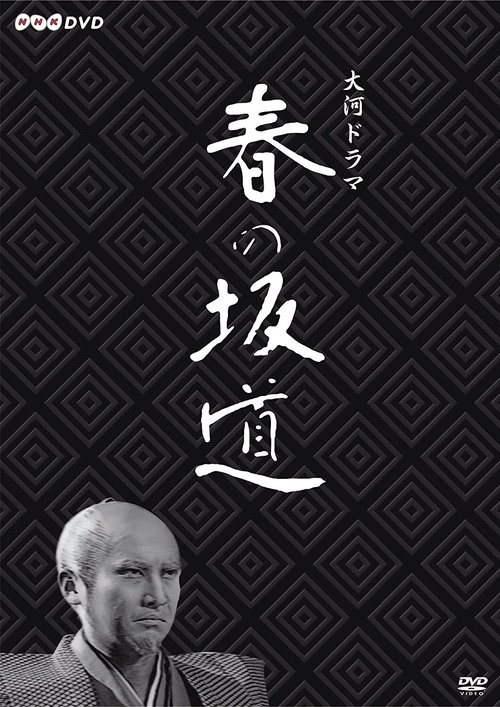 0
0Haru no Sakamichi
The story chronicles the life of Yagyū Munenori.
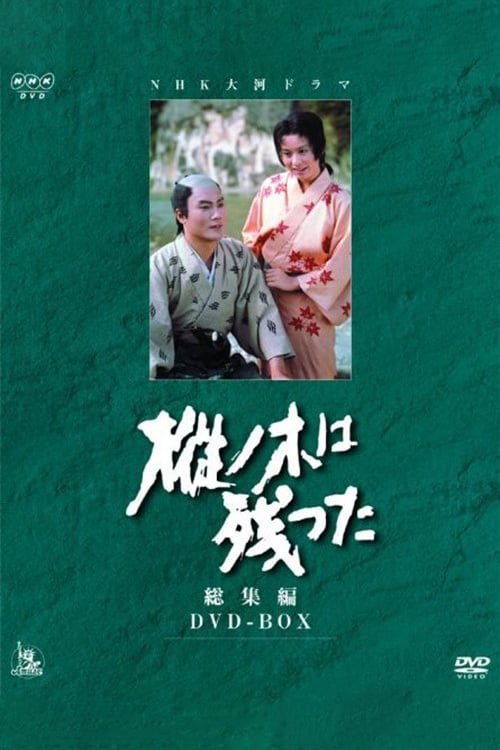 0
0Mominoki wa Nokotta
Depicting Date clan’s internal strife that occurred during a peaceful Edo period governed by the 4th Tokugawa shogun.
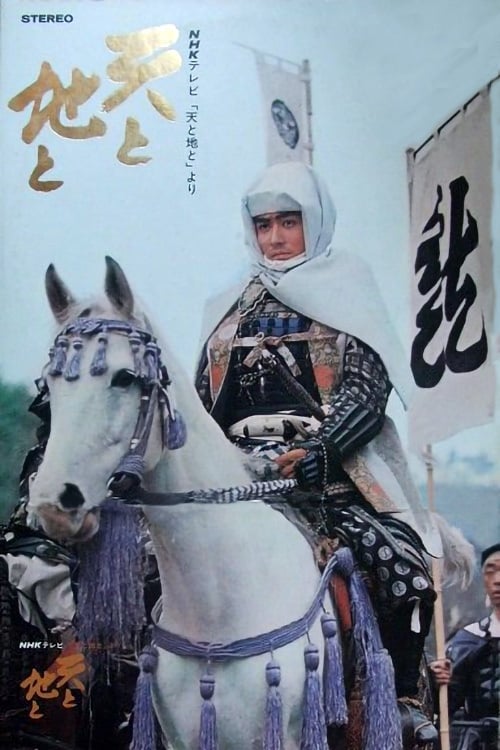
Heaven and Earth
The story chronicles the life of Nagao Kagetora.
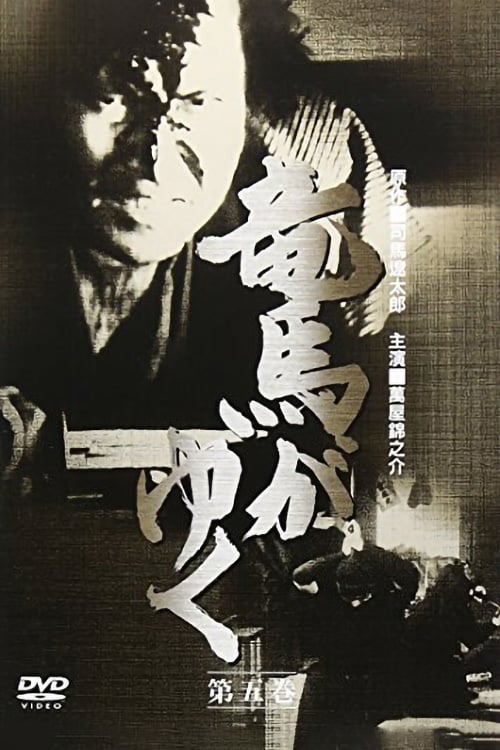 0
0Ryoma ga Yuku
The chronicles of Sakamoto Ryoma, a pre-revolutionary who helped shape the face of modern Japan. In order to study swordsmanship, Ryoma heads for Edo where he meets many people who influence his thinking. He becomes close friends with men like Katsu Kaishu and Saigo Takamori and later establishes a naval training school in Kobe. Ryoma's controversial political views make him a target for shogunate assassins but his fervent belief in a classless society helps forge the Choshu-Satsuma alliance which ultimately brings about the Meiji Restoration.
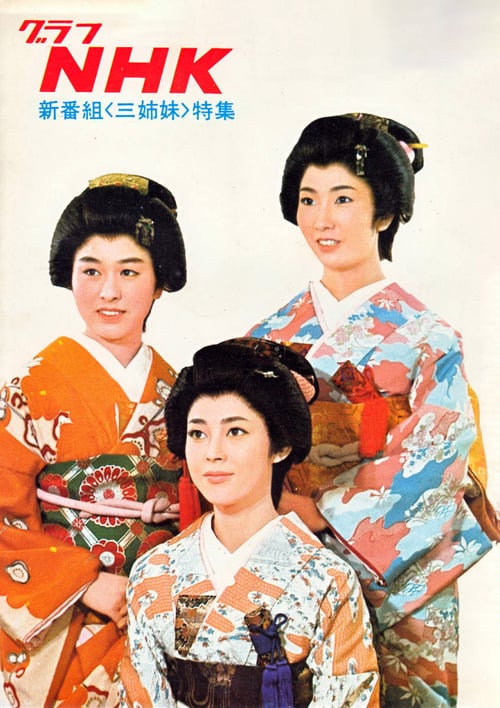 0
0Three Sisters
The Story is about three daughters of a "Hatamoto" during the end of the Edo period and the Meiji Restoration.
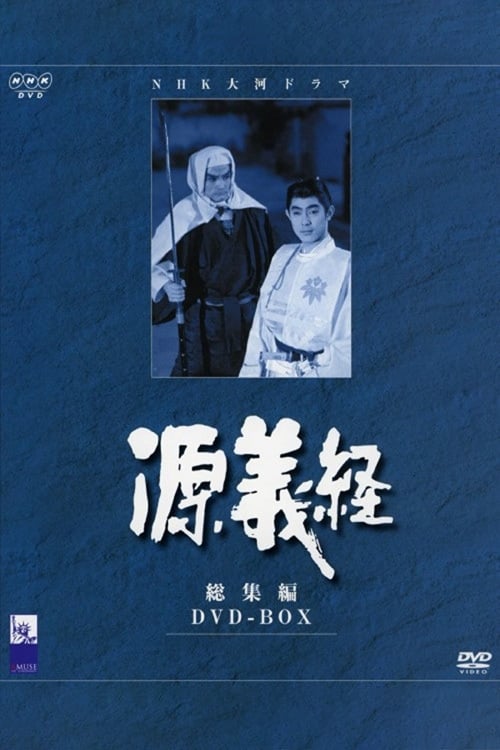 0
0Minamoto no Yoshitsune
The chronicles of the life of Minamoto no Yoshitsune (1159 - May 17th, 1189). He was a late Heian and early Kamakura general of the Minamoto clan of Japan. Yoshitsune was the ninth son of Minamoto no Yoshitomo. His older brother Minamoto no Yoritomo founded the Kamakura shogunate.
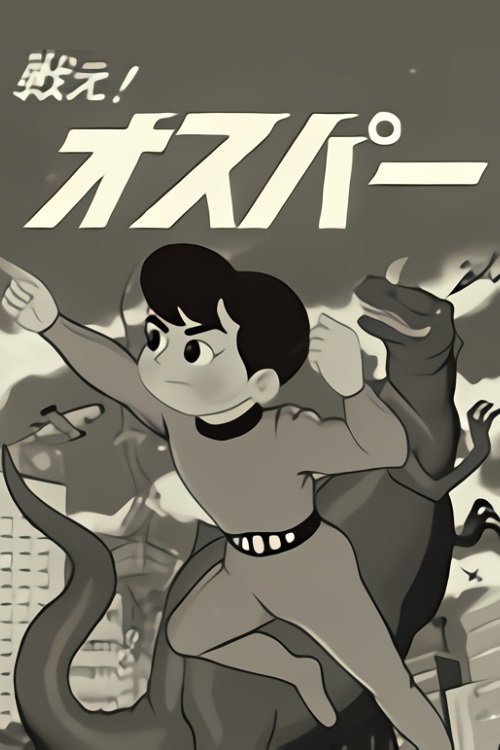 0
0Tatakae! Osper
 0
0宇宙人ピピ
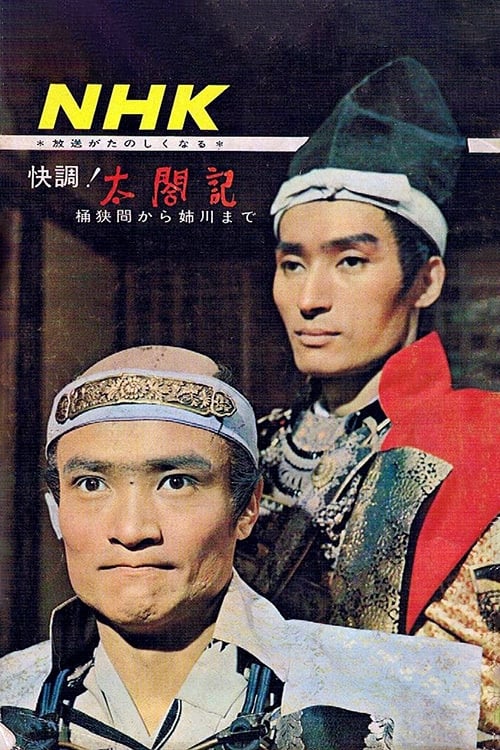 0
0Taikouki
Based on the life of Hideyoshi Toyotomi (February 2, 1537 – September 18, 1598) a Sengoku period daimyo who unified Japan.
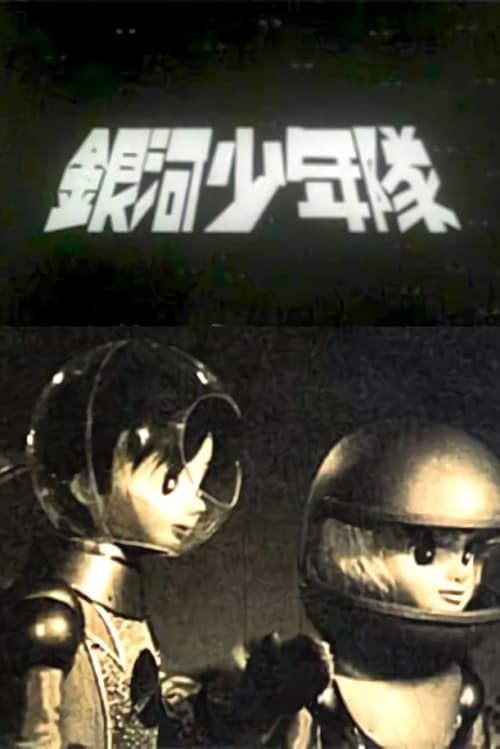 0
0銀河少年隊
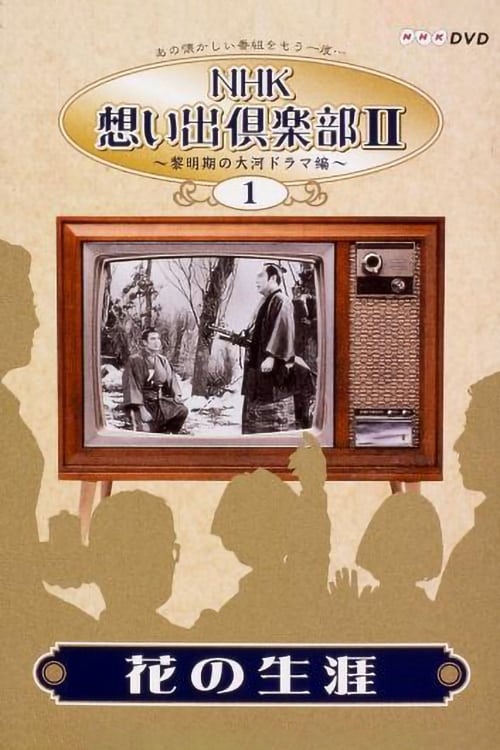
Life of a Flower
The story chronicles the life of Ii Naosuke.
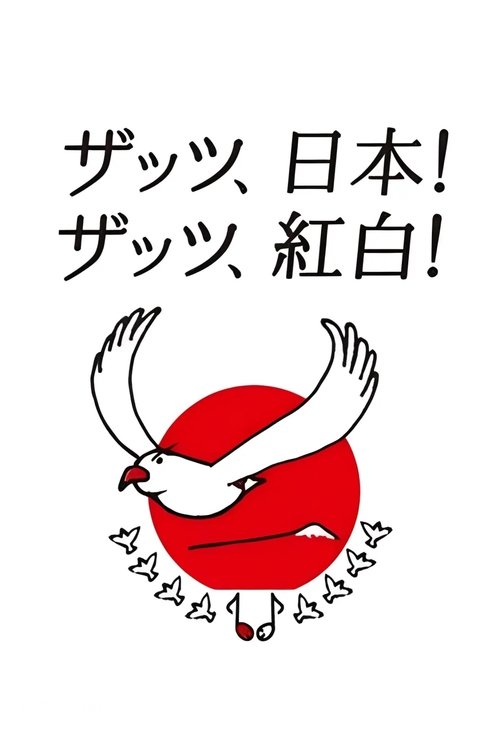
NHK Kōhaku Uta-Gassen
NHK Kōhaku Uta-Gassen (NHK紅白歌合戦, "NHK Red and White Song Battle"), more commonly known simply as Kōhaku, is an annual New Year's Eve television special held on December 31 every year, and produced by Japanese public broadcaster NHK. It is broadcast live simultaneously on NHK General TV, BS4K, BS8K, and NHK radio (nationally) and internationally on NHK World Premium and some overseas (mainly cable) broadcasters who buy the program. The program divides the most popular music artists of the year into competing teams of red and white. The "red" team or "akagumi" (紅組) is composed of all female artists (or groups with female vocals), while the "white" team or "shirogumi" (白組) is all male (or groups with male vocals).
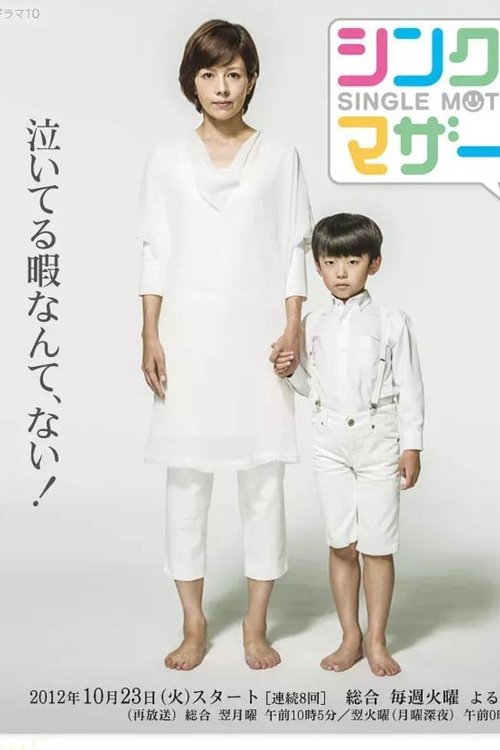 0
0シングルマザーズ
 0
0NHK Kamigata Manzai Contest
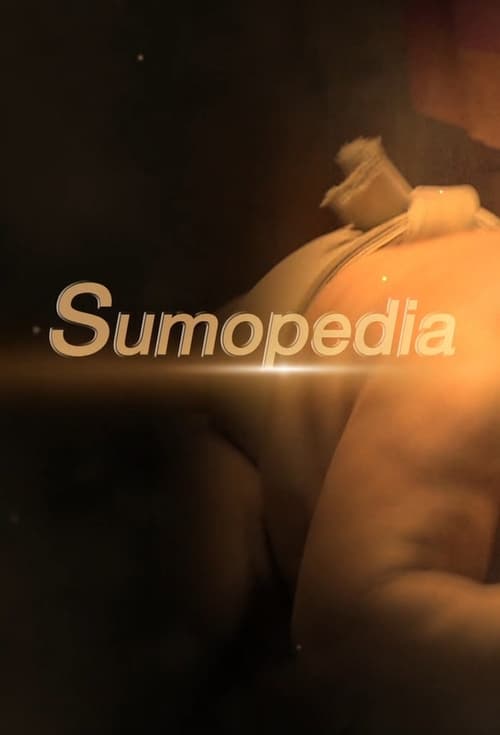
Sumopedia
Sumopedia offers short videos to enrich your sumo experience. Learn about techniques, traditions, and famous wrestlers of the past. The rules may be simple, but the more you know, the more you see.
 0
0SONGS
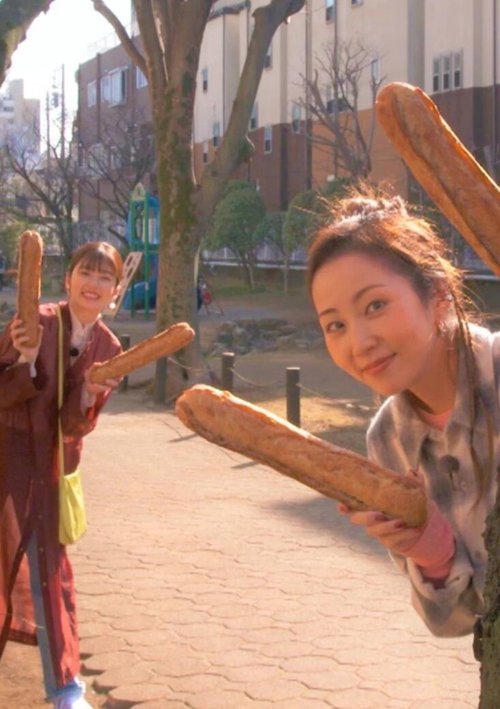 0
0The Bread Journey
Haruka Kinami, an actress who loves bread, travels around Japan together with another gluttonous girl. Let's go looking for delicious bread that is full of the taste unique to that specific area and the commitment of the craftsmen!

Minna no Uta (みんなのうた)
Minna no Uta, literally Everyone's Songs, is a five minute NHK TV and radio program broadcasting several times daily since 1961. The program is generally used as filler at the end of regular television programs. While many of the episodes are aimed at children, a large percentage are not, so the program enjoys a wide audience. The program is used to introduce new songs from popular and new singers, as well as to highlight the talents of various animators and directors. A list of upcoming and currently-airing episodes is listed monthly in magazines such as Animage and Newtype.